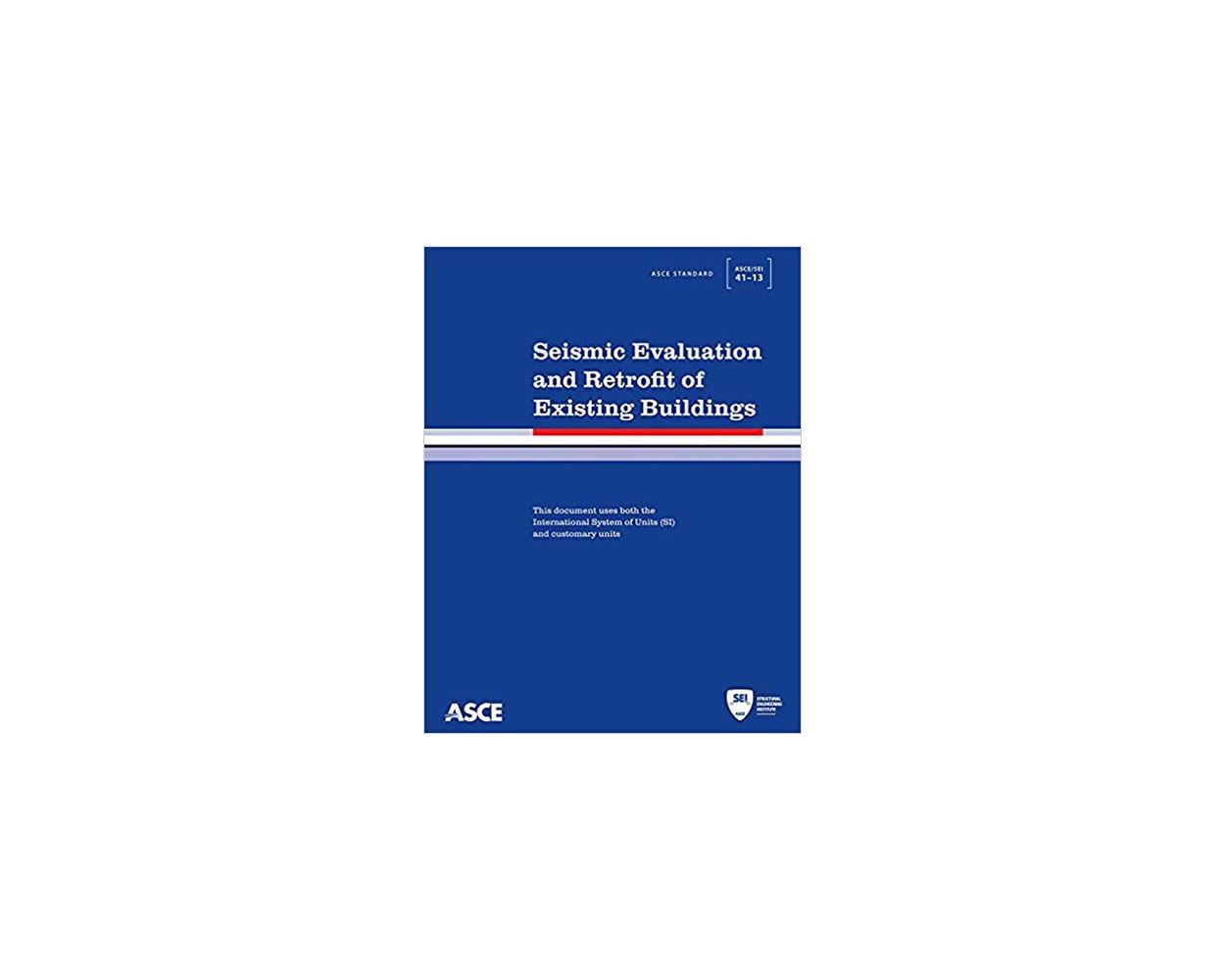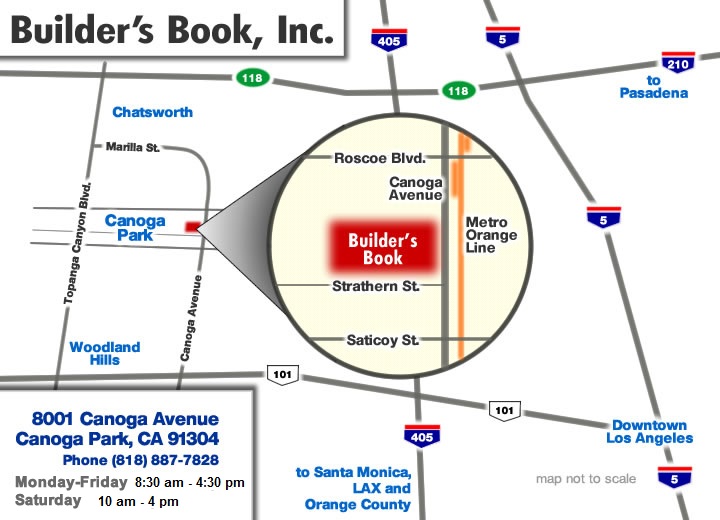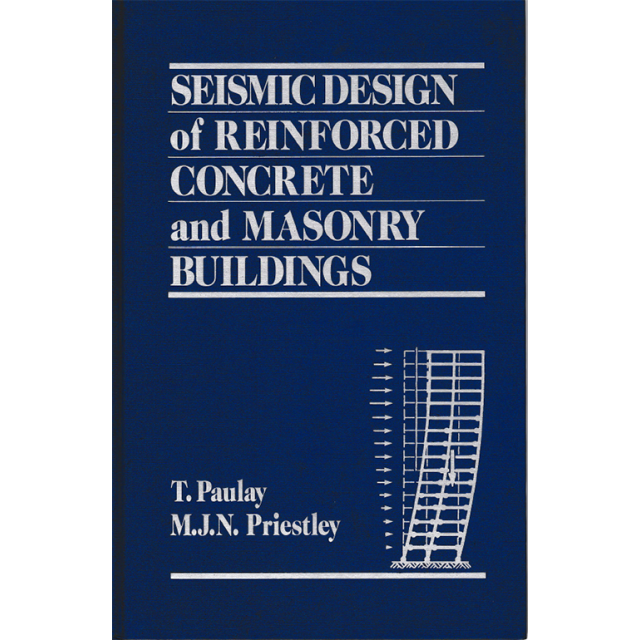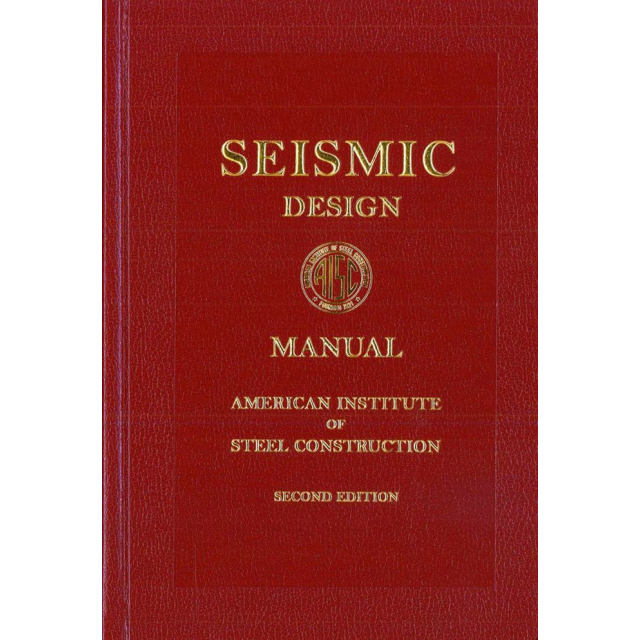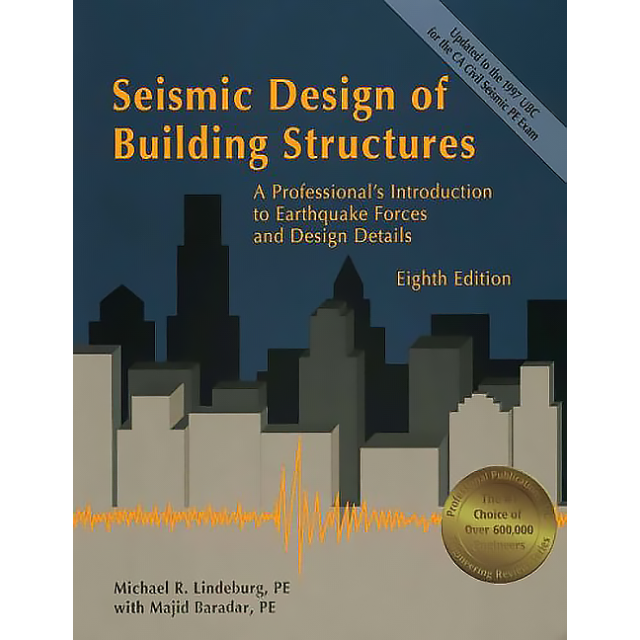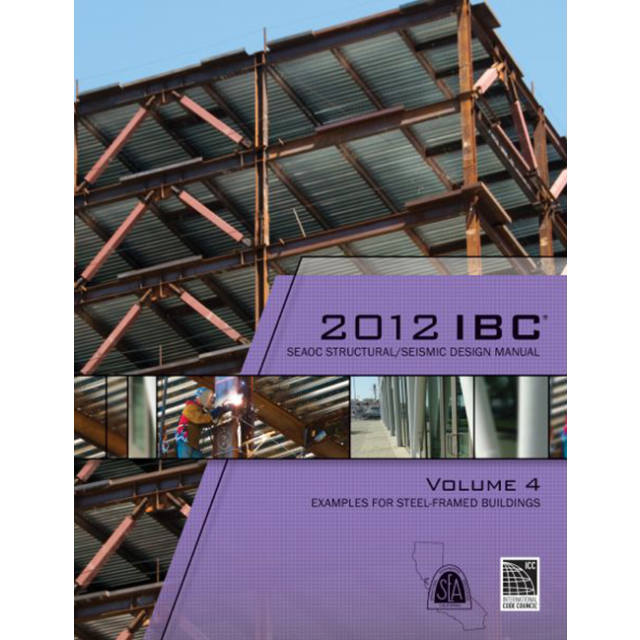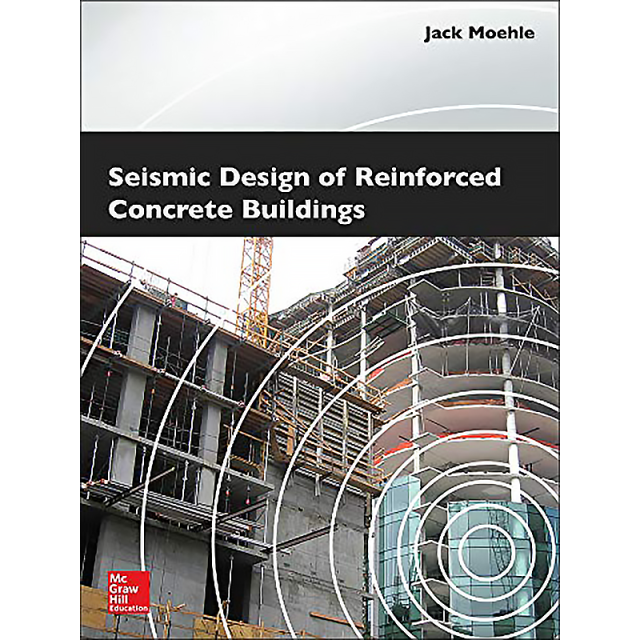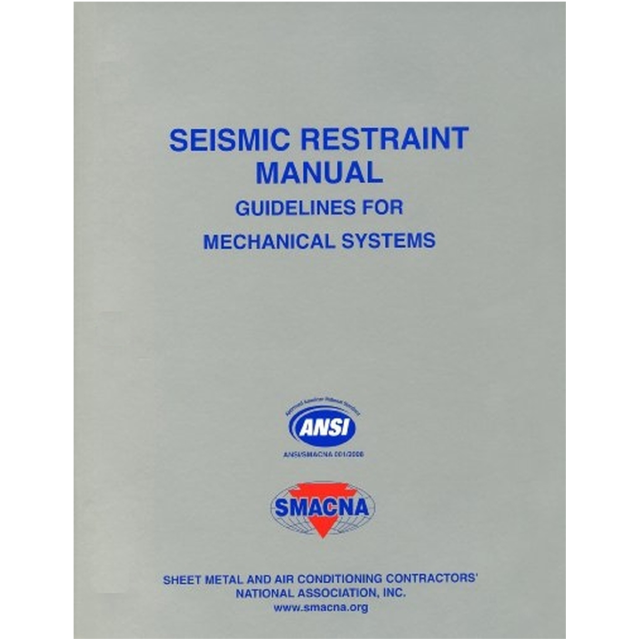ASCE/SEI 41-13 Seismic Evaluation and Retrofit of Existing Buildings
Sponsored by the Structural Engineering Institute of ASCE.
Seismic Evaluation and Retrofit of Existing Buildings describes deficiency-based and systematic procedures that use performance-based principles to evaluate and retrofit existing buildings to withstand the effects of earthquakes.
This next-generation standard combines the evaluation and retrofit process and puts forth a three-tiered process for seismic evaluation according to a range of building performance levels - from collapse prevention to operational - that marry targeted structural performance with the performance of nonstructural elements.
The deficiency-based procedures allow the evaluation and retrofit effort to focus on specific potential deficiencies deemed, on the basis of past earthquake observations, to be of concern for a permissible set of building types and heights. The systematic procedure, applicable to any building, sets forth a methodology to evaluate the entire building in a rigorous manner.
Analysis procedures and acceptance criteria are established and requirements put forth for foundations and geologic site hazards; components made of steel, concrete, masonry, wood, and cold-formed steel; architectural mechanical and electrical components and systems; and seismic isolation and energy dissipation systems.
In addition, screening checklists are provided for a variety of building types and seismicity levels in support of the Tier 1 process.
This standard updates and replaces the previous Standard ASCE/SEI 41-06, Seismic Rehabilitation of Existing Buildings, as well as Standard ASCE/SEI 31-03, Seismic Evaluation of Existing Buildings.
Standard ASCE/SEI 41-13 serves structural engineers, design professionals, code officials, and building owners interested in improving the seismic performance of existing buildings.
| Price | $289.95 |
|---|---|
| Customer Service | Customer ServiceWe're Here To Help Call us anytime during our customer service hours... Monday through Friday - 8:30 am to 4:30 pm (Pacific) Order Questions: TOLL FREE, 800-273-7375 (Outside the U.S. call 818-887-7828). Our Address: 8001 Canoga Avenue Canoga Park, CA 91304 US Phone: 800-275-2665 E-mail: sales@buildersbook.com
|
| Description | Seismic Evaluation and Retrofit of Existing Buildings (41-13) Sponsored by the Structural Engineering Institute of ASCE. Seismic Evaluation and Retrofit of Existing Buildings describes deficiency-based and systematic procedures that use performance-based principles to evaluate and retrofit existing buildings to withstand the effects of earthquakes. This next-generation standard combines the evaluation and retrofit process and puts forth a three-tiered process for seismic evaluation according to a range of building performance levels - from collapse prevention to operational - that marry targeted structural performance with the performance of nonstructural elements. The deficiency-based procedures allow the evaluation and retrofit effort to focus on specific potential deficiencies deemed, on the basis of past earthquake observations, to be of concern for a permissible set of building types and heights. The systematic procedure, applicable to any building, sets forth a methodology to evaluate the entire building in a rigorous manner. Analysis procedures and acceptance criteria are established and requirements put forth for foundations and geologic site hazards; components made of steel, concrete, masonry, wood, and cold-formed steel; architectural mechanical and electrical components and systems; and seismic isolation and energy dissipation systems. In addition, screening checklists are provided for a variety of building types and seismicity levels in support of the Tier 1 process. This standard updates and replaces the previous Standard ASCE/SEI 41-06, Seismic Rehabilitation of Existing Buildings, as well as Standard ASCE/SEI 31-03, Seismic Evaluation of Existing Buildings. Standard ASCE/SEI 41-13 serves structural engineers, design professionals, code officials, and building owners interested in improving the seismic performance of existing buildings. |

